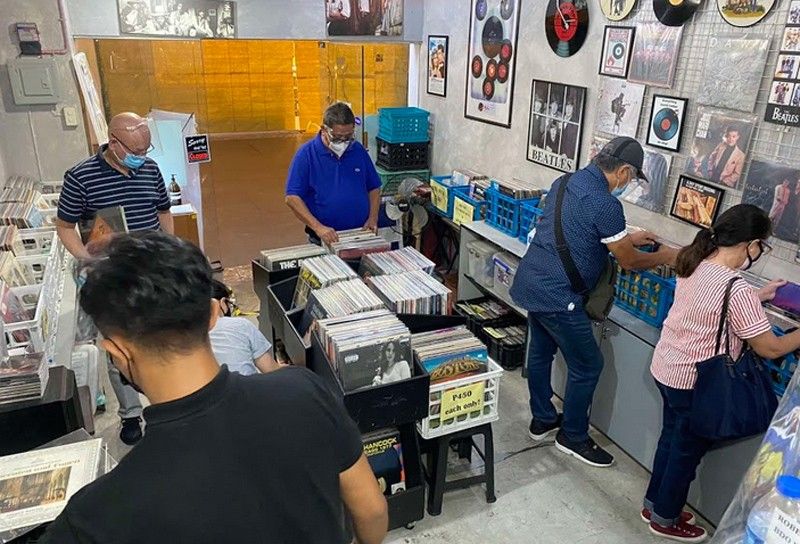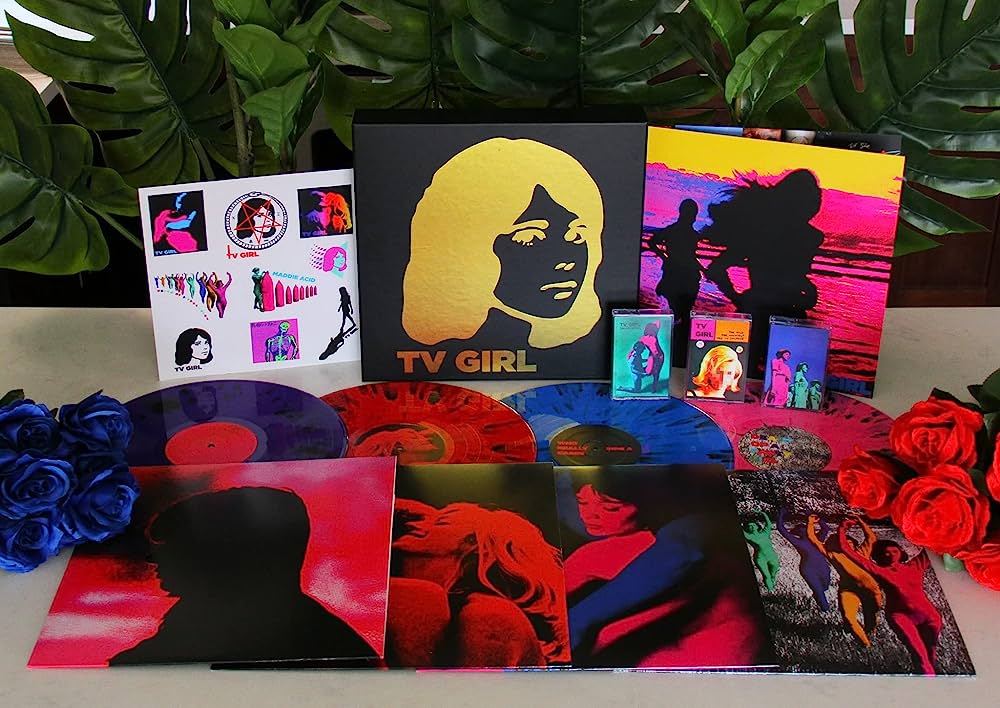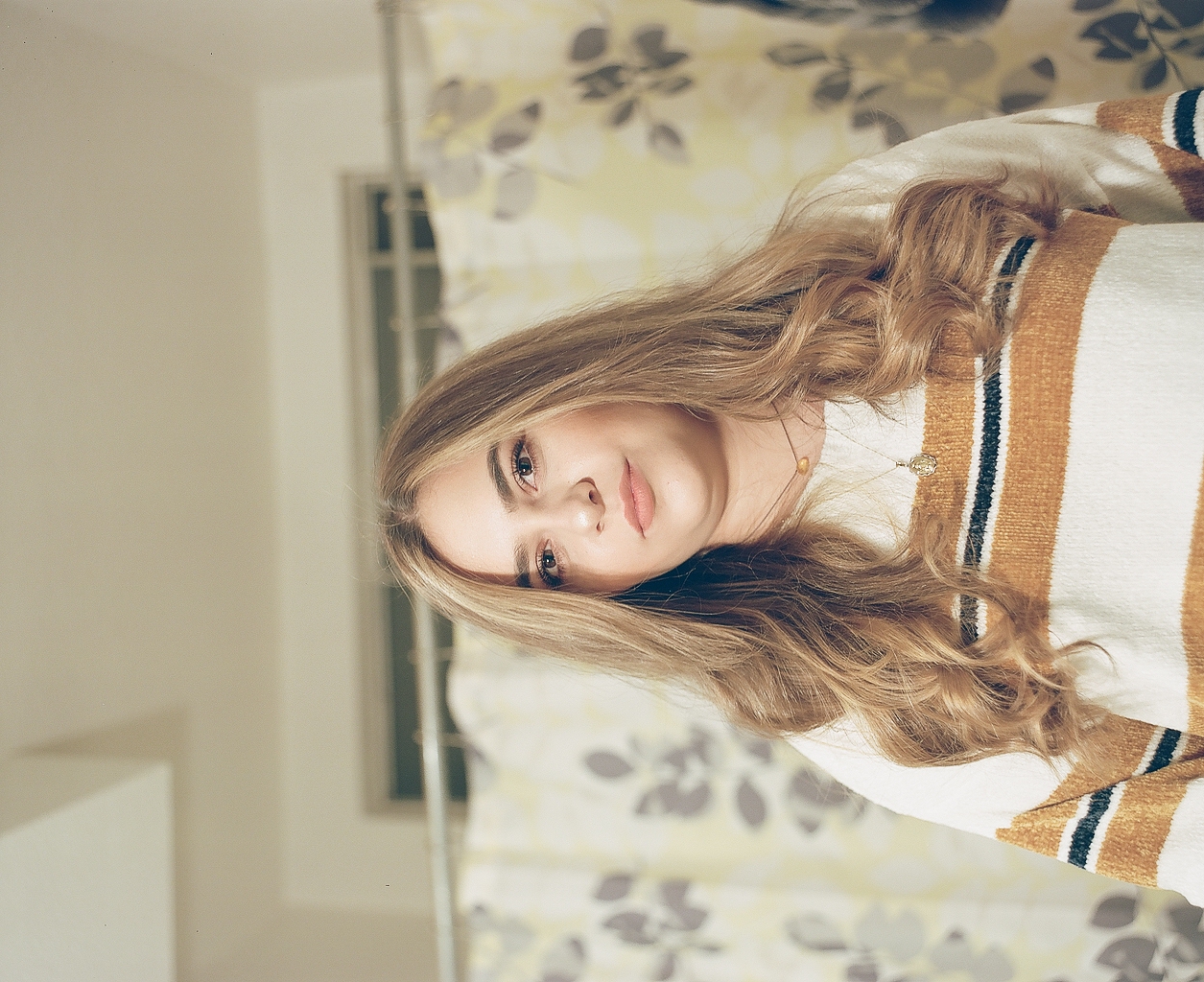The Resurgence of Vinyl and Analog Photography

As a software engineer, I am deeply immersed in the digital world. Yet, I find myself drawn to vintage analog formats like vinyl and film photography, finding them a refreshing break from the digital media we consume daily. I am also not alone in this appreciation. A fascinating resurgence has been happening for some time now, especially in vibrant cultural hubs like Los Angeles, where I'm from. I have seen many indie bands and artists that are reviving these formats as merch. But what drives this trend? And how does this sudden trend for the old relate to my professional journey as a software developer?
The Resurgence: A Nostalgic Comeback
There's something nostalgic about the physicality of vinyl records and analog photographs. For many, they bring back memories of a simpler time before the digital revolution, when music was enjoyed in its purest form, and photographs held tangible stories. I believe the rise in popularity of these formats could be related to this nostalgia.
For indie bands, selling vinyl records at shows is not only a great way to earn extra sales but also a means to connect with their fans on a more personal level. It offers an experience that streaming services simply can't replicate. And in a city like Los Angeles, known for its thriving music and arts scene, vinyl has found a welcoming home.
Similarly, the thrill of using an analog camera, taking a photo, and waiting for it to be developed, brings a sense of anticipation and surprise. There's a certain charm in not knowing whether the image is in focus or not until it's developed. It's this element of surprise that adds to the allure of analog photography - one I personally love.

Los Angeles band TV Girl - Discography Collection Vinyl set
Lessons for Software Development
Much like the process of taking a photograph, software development is full of surprises and potential pitfalls. Just as you might not know if a photo is in focus until it's developed, you often don't know if a piece of code will function as expected until it's run.
In both cases, there's an opportunity to learn from your mistakes and improve your skills. A blurred photo can teach you about focusing techniques, while a piece of faulty code can help you understand what not to do. In both cases, it's a continuous journey of learning and refining your craft.
Just as there's a vast array of techniques and film types to explore in analog photography, software development also presents an ever-expanding world of languages, frameworks, and design patterns to master.

Photo I took of my Sister. Shot on Kodak Portra 400 film using a Mamiya RB-67.
My Personal Connection
As someone who appreciates both the convenience of watching YouTube and the charm of physical formats, I believe this resurgence is a great way to support artists and embrace a slower, more intentional pace of consumption. In a world that's constantly rushing towards the next big thing, there's value in taking a moment to look back, learn from the past, and cherish the tangible artifacts of our culture.
In the end, whether it's music, photography, or software development, it's all about creating experiences and making connections. By appreciating these formats, I find myself better equipped to create products that resonate on a human level.
Just as vinyl records and analog film are making a comeback, I believe there's space for us in the software industry to incorporate lessons from the past into our modern practices. In the same way, these vintage formats make me appreciate the process and the craftsmanship behind the product, we too, as software developers, should take pride in our work, value the process, and continually strive for improvement.
Related Articles
Functional Programming: A Modern Approach to Software Development
As software development continues to evolve, different approaches and paradigms have emerged, each with its own unique perspective on how to best write code.
My Journey to Master Testing: A Reflective Guide for Developers
Ever since I embarked on my software development career, one fundamental truth has stood out - testing is a non-negotiable part of the process. It was the beacon of light that guided me when I delved into the darkest corners of complex codebases.
